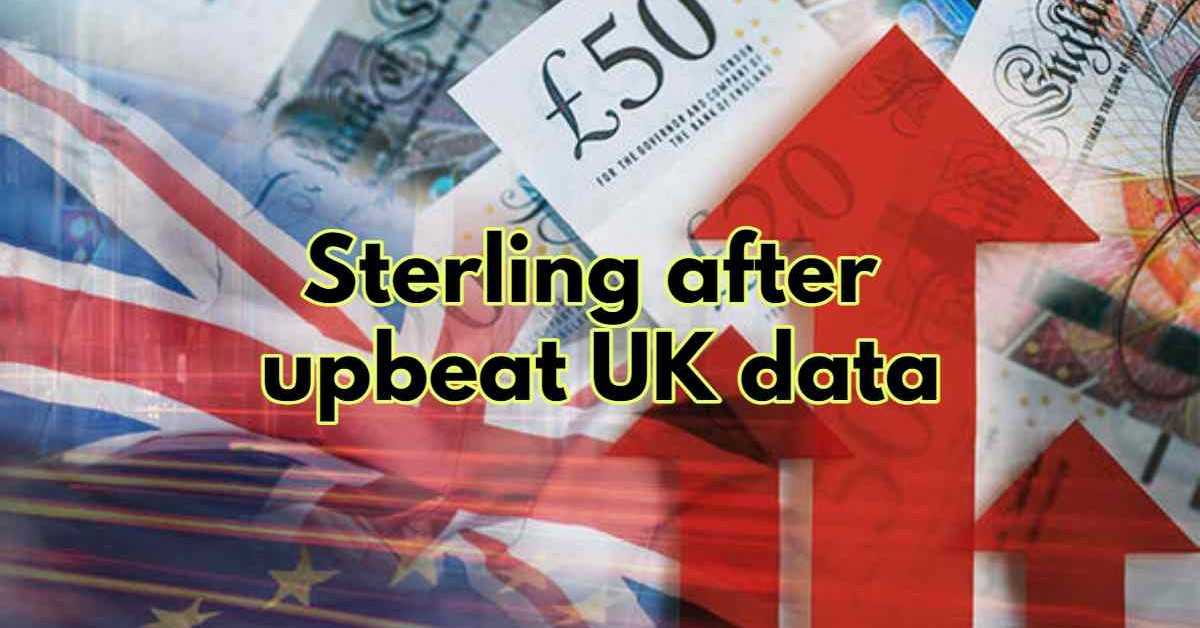Currently, the BOE`s interest rate is at 3.0%, and the difference with the Fed`s rate of 4.0% puts pressure on the Sterling.
GBPUSD is supposed to have a volatile week, as central banks in the US and UK will have a monetary policy meeting. The week started with upbeat data in the UK. GDP raised 0.5% monthly and 1.5% annually, higher than estimates and the previous month. Industrial production in October was unchanged and less than 0.1% estimates while manufacturing production increased by 0.7%. As the economic data play a crucial role in determining the BOE interest rate increase later in the week, we must watch them closely. Later this week, we will have the Labor market data on Tuesday, Inflation numbers on Wednesday, and Purchasing Manager index on Friday.
Ahead of Thursday`s interest rate decision, Governor Andrew Bailey is due to deliver a speech on the Financial Stability Report on Tuesday. It will be vital as it will give us some idea of possible decisions that will be made at the policy meeting. Policymakers will have a tough day. They have to find a way to support the economy that has faced a crisis, which can last longer, while the country is still challenged with high inflation. Due to the high energy cost, UK inflation is still rising, forcing the BOE to make tough choices against a weak economic backdrop. In October, UK inflation hit a 41-year high claiming 11.1%. Market participants and investors priced in a 50-bps rate hike this week as the BOE aims to tackle soaring UK inflation rates. BOE members voted to increase interest rates by 75 bps in the last meeting. Currently, the BOE`s rate is at 3.0%, and the difference with the Fed`s 4.0% puts pressure on the Sterling.
After a less volatile week around the 1.223 level, GBPUSD started the week with an upward tendency. In a bullish scenario, pairing may encounter resistance at 1.234. On the flip side, support may be found near 1.176 and further down near 1.035.


















